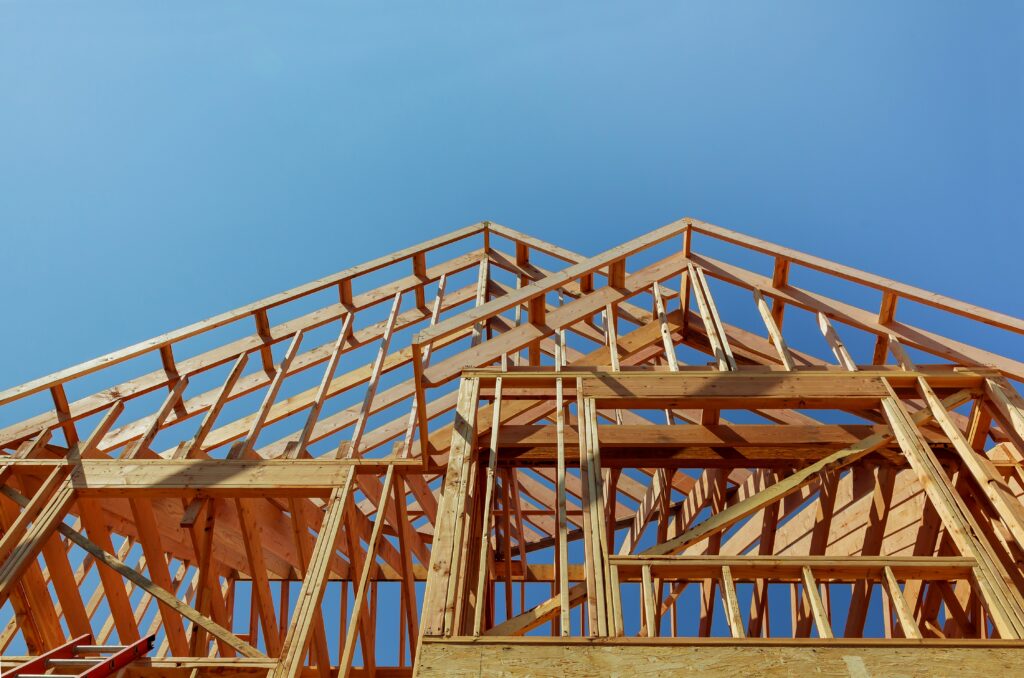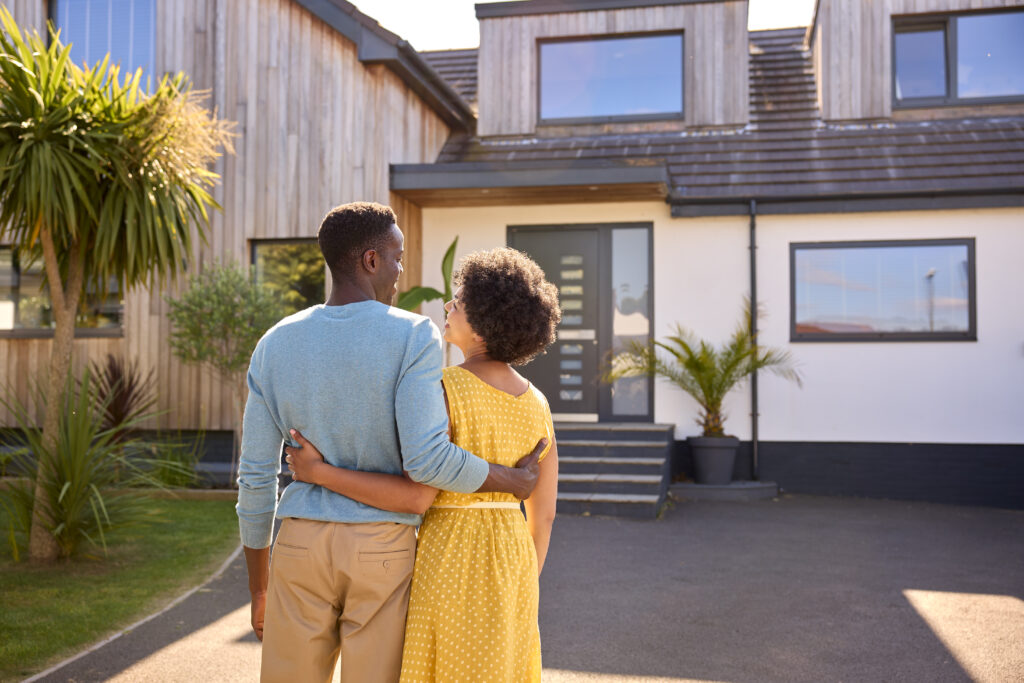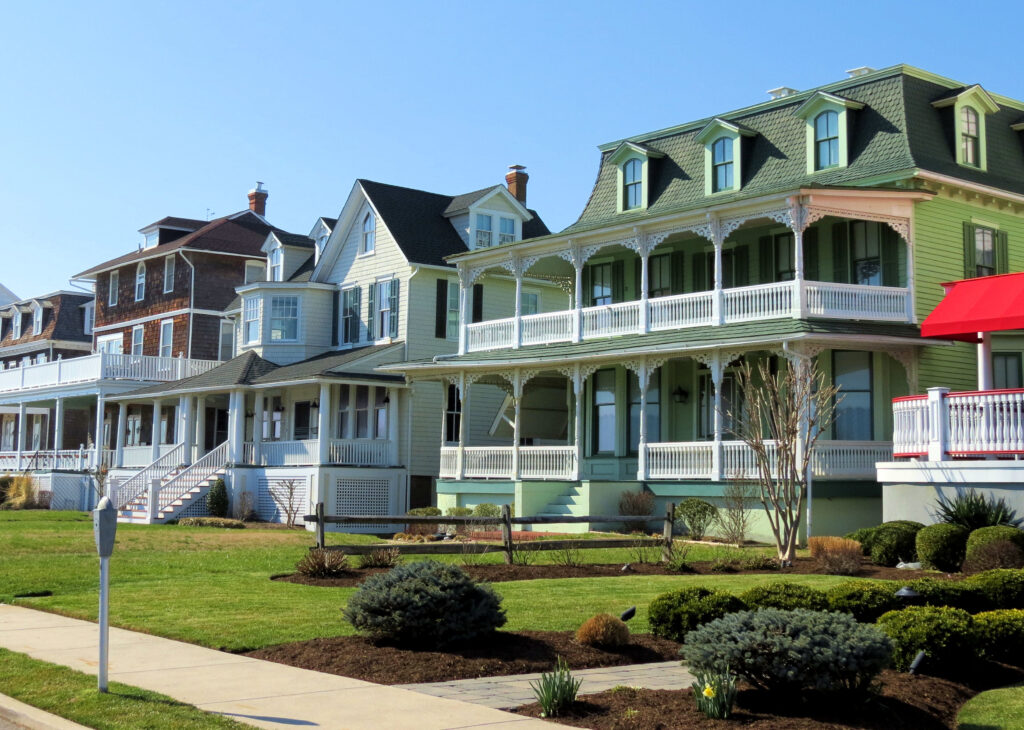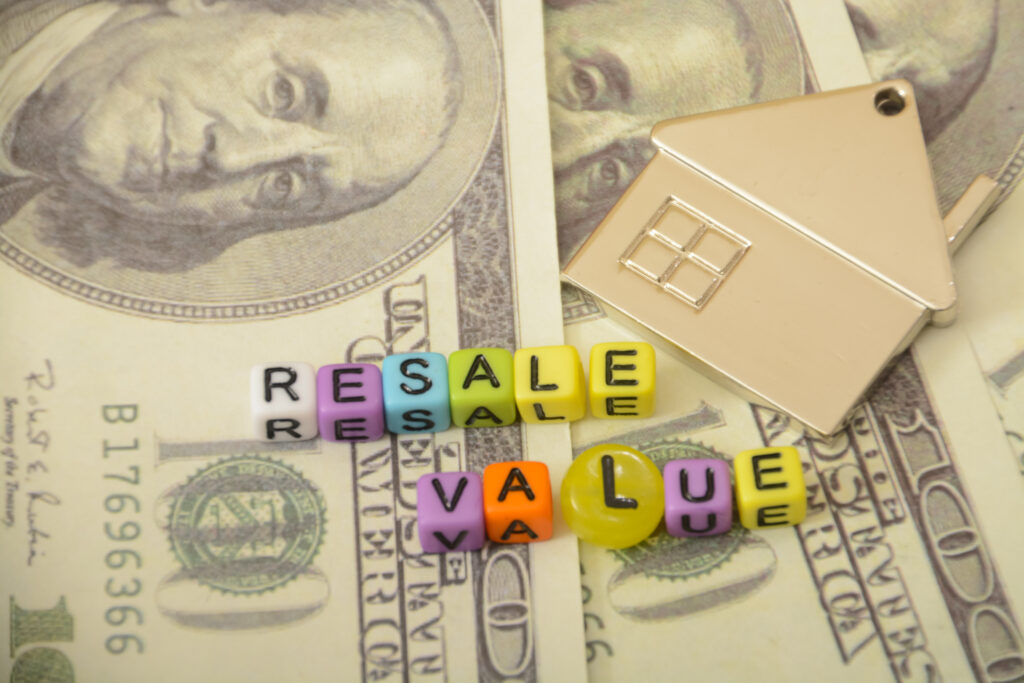Finding Your Dream Home: The Pros and Cons of New vs. Existing Construction
Finding your dream home can be an exciting, yet stressful process.
There are many factors to consider before deciding where to call home. One of the biggest decisions you’ll need to make is whether to purchase a brand-new construction or an existing home.
In this blog post, we’ll discuss the pros and cons of each option so you can make the best decision for you and your family. Keep reading to learn more!
The Appeal of New Construction

Are you looking for a home that is customized to your taste and needs? Then new construction might be the perfect choice for you.
One of the main appeals of new construction homes is the ability to design and personalize the space according to your preferences. From selecting the layout to choosing the finishes, you have the opportunity to create your dream home from scratch.
New construction homes also often come with modern features and amenities. Energy-efficient appliances, smart home technology, and state-of-the-art construction materials are just a few examples of the perks you can expect. These features not only enhance your comfort and convenience but can also save you money in the long run.
In addition, buying a new construction home means you don’t have to worry about immediate repairs or maintenance. Everything is brand new and under warranty, providing peace of mind.
Overall, new construction homes offer a blank canvas for you to create your perfect living space, with the added benefits of modern features and minimal maintenance. So if customization and convenience are important to you, new construction may be the way to go.
The Benefits of Existing Homes

When it comes to finding your dream home, existing homes have their own set of benefits that make them an attractive option for many buyers.
One of the biggest advantages of buying an existing home is the established neighborhood and community. Unlike new construction homes, existing homes are typically located in neighborhoods that have been around for years, giving you a sense of history and charm. You can also get a better sense of the neighborhood’s character, amenities, and the quality of nearby schools.
Another benefit of existing homes is the potential for cost savings. While new construction homes often come with a higher price tag due to their modern features and customization options, existing homes are usually more affordable. In addition, existing homes may already have desirable features and upgrades, such as mature landscaping, a finished basement, or a backyard deck, which would typically cost extra with new construction.
Furthermore, existing homes have stood the test of time and have proven to be durable and reliable. With an existing home, you have the advantage of knowing its history and any potential issues that have been resolved. This can save you from unexpected surprises and costly repairs that could arise with new construction.
Understanding the Costs Involved in Each Option

Now let’s talk about the costs involved in each option: new construction and existing homes.
When it comes to new construction, the initial price tag can often be higher than that of existing homes. This is because new construction homes come with modern features and customization options, which can drive up the cost. However, it’s important to consider the long-term costs as well. New construction homes often come with energy-efficient appliances and materials, which can result in lower utility bills and long-term savings.
On the other hand, existing homes may have a lower initial price, but there can be hidden costs. Older homes may require more maintenance and repairs, especially if they haven’t been well-maintained by the previous owners. It’s important to get a thorough inspection done before purchasing an existing home to identify any potential issues that may need to be addressed.
Ultimately, the costs involved in each option will depend on the specific home and location. It’s important to weigh the upfront costs, ongoing maintenance expenses, and potential for long-term savings before making a decision.
Considering Location and Neighborhood

When it comes to finding your dream home, one of the most important factors to consider is the location and neighborhood. This can have a big impact on your daily life and overall happiness in your new home.
First, think about what is important to you in terms of location. Do you want to be close to work, schools, or amenities such as parks, restaurants, and shopping centers? Consider your lifestyle and what type of neighborhood would best suit your needs. If you enjoy a quiet, suburban environment, you may prefer a neighborhood with spacious yards and tree-lined streets.
On the other hand, if you thrive in a more urban setting, a neighborhood with walkability and access to public transportation might be more appealing. Additionally, consider the quality of schools in the area, even if you don’t have children. Good schools often indicate a stable and desirable neighborhood, and can positively impact property values in the future.
When it comes to the neighborhood itself, take the time to explore and get a feel for the community. Are there nearby parks, community centers, or recreational facilities? Are there any planned developments or infrastructure projects that may impact the neighborhood in the future? Consider the overall vibe of the neighborhood and whether it aligns with your preferences and values.
Remember, location is something that cannot be changed about a home, so it’s important to carefully consider the neighborhood before making a decision.
Weighing Resale Value Potential

So you’ve found your dream home, but have you considered its resale value potential? While it may not be something you’re thinking about when you’re in the process of purchasing a new or existing home, it’s an important factor to consider.
The resale value of a home refers to how much it could be worth in the future when you decide to sell it. It’s important to think about this because you want your investment to appreciate over time and not depreciate.
When it comes to new construction homes, they often have a higher initial price tag due to their modern features and customization options. However, these features can also make them more appealing to potential buyers in the future, which can increase their resale value.
On the other hand, existing homes may have a lower initial price, but they may not have all the modern features and amenities that buyers are looking for. This can affect their resale value.
Factors that can impact the resale value of a home include its location, neighborhood, size, condition, and market trends. It’s important to research and consider these factors when weighing the resale value potential of your dream home.
Ultimately, the decision between new construction and existing homes should be based on your personal preferences and needs. However, considering the resale value potential can help you make a more informed decision and ensure that your investment pays off in the long run.
Making the Right Decision for You: Factors to Consider

When it comes to finding your dream home, there are several factors to consider in order to make the right decision for you and your family.
One of the first factors to think about is your personal preferences and needs. Consider the size and layout of the home, as well as the number of bedrooms and bathrooms you require. Think about your lifestyle and what amenities and features are important to you, such as a backyard, a garage, or a home office.
Another important factor to consider is your budget. Determine how much you can comfortably afford and compare it to the prices of new construction homes and existing homes in the areas you are interested in. It’s also important to consider any additional costs such as property taxes, homeowners association fees, and maintenance expenses.
Additionally, think about your future plans. Are you planning to stay in the home for the long-term or is it a temporary living arrangement? Consider how the home will meet your needs and lifestyle both now and in the future.
Lastly, trust your intuition. If you walk into a home and immediately feel a connection, it could be a sign that it’s the right choice for you. Don’t discount your gut feeling when making this important decision.
By considering these factors, you can make an informed decision that aligns with your needs and preferences, ultimately finding the perfect home for you and your family.
Ready to sell your property? Give us a call today and learn more about our professional photography services and marketing that can boost your property listing!
Plus, explore our virtual assistant coaching program to level up your business. Don’t forget to tune into our new podcast for even more valuable insights!
